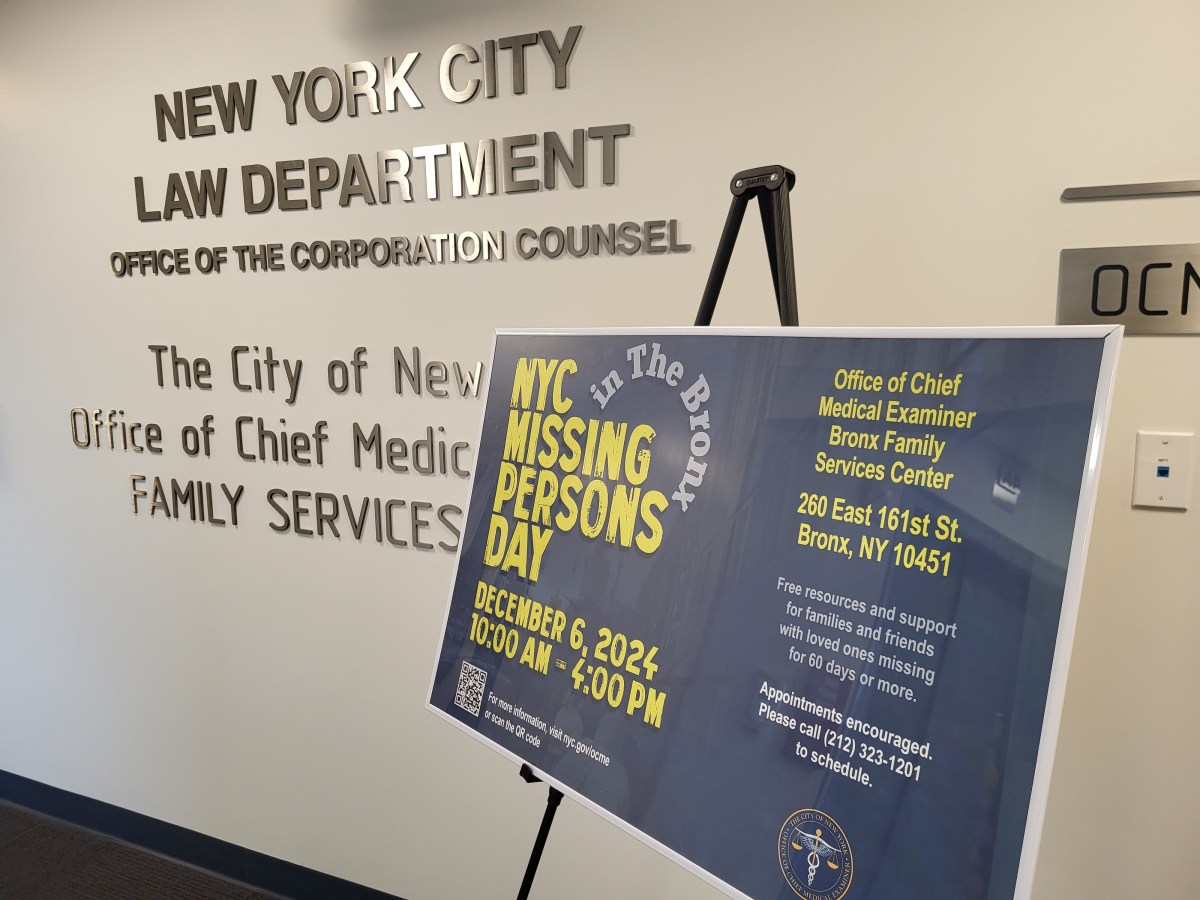Meet the new boss, same as the old boss. Except less regulated.
That’s my feeling about so-called ridesharing services such as Uber and Lyft, which seem to be hailed (no pun intended) as a godsend to travelers, drunken revelers and environmentalists alike. A group of heavyweight economists has unanimously endorsed the idea that competition from these firms raises “consumer welfare.” One likely future Nobel laureate said he couldn’t think of any “externalities” — that is, costs imposed on others — that might result from “more competition” in the livery market.
But it’s silly to assume cities can welcome ever-higher numbers of relatively unregulated quasi-taxis with no costs to consumers.
First, there are the obvious short-term social costs: traffic and emissions.
Medallions and other regulations capping the number of livery cars available are often derided as taxi cartel protectionism. But they can benefit the public, too. They limit the number of empty cars driving around looking for passengers, snarling intersections and polluting the air.
If you don’t believe me, check out message boards where drivers talk about waiting hours without getting “pinged” for a ride. “I just realized why I’m not getting pinged,” one disgruntled driver wrote, posting a picture of a cluster of idle Uber cars in Orange County, Calif. “We’re all on top of each other begging for pennies.”
Unlike drivers or urban planners, Uber and Lyft have no incentive to limit the number of cars on the road; quite the opposite, since the companies don’t bear the costs of additional driving (gas, maintenance and the opportunity cost of waiting around are all borne by drivers). Uber just wants the maximum number of Uber-affiliated cars on the road, to keep wait times short and thereby attract more passengers.
Ridesharing evangelists assert, of course, that they are helping the environment by discouraging car purchases. Thus far, though, there is no evidence that ridesharing passengers are getting rid of their own cars, according to a recent University of California Transportation Center study based on ridesharing customers in the San Francisco area. The study also found that ridesharing upstarts took business not just from legacy taxi fleets but also from more environmentally friendly modes of transit as well. Nearly half of respondents said that if a ridesharing service hadn’t been available for the trip they were being asked about, they would have instead taken a bus, train or bike — or simply walked.
Even those who said they might have taken a regular taxi might still be less green than they believe; taxicabs in San Francisco, after all, have to meet tight emissions standards, but Lyft drivers can use any vehicle — even a Hummer — made after 2000.
Maybe you think the traffic and environmental costs are worth it, given the value to consumers of cheap, reliable rides, especially in cities where public transit and taxi services are undependable. Plus, Uber and Lyft are engaged in a price war, which in the short run certainly looks good for consumers.
But there’s also the long run to think about.
For all the rhetoric about the value of competition, the goal of this price war is to neutralize the competition and become the only livery game in town. Which would mean more market power, over both drivers and consumers, probably to the detriment of both.
We’ve already seen these firms harvesting the driver side of the market: Both companies have lured drivers with promises of unrealistically high paydays, then unilaterally changed terms — raising commissions, cutting fares, forcing drivers to participate in lower-paying ridesharing services — after drivers already made major investments such as buying new cars.
Uber and Lyft have aggressively exempted themselves — first by casual defiance, then through savvy lobbying — from insurance and safety laws covering other livery services. They have also tried to steal each other’s business in ways that are unethical at best (with both reportedly scheduling and canceling thousands of each other’s rides to keep competitors’ cars unavailable to paying customers).
In other words, for all their bellyaching about the bullies of Big Taxi, Uber and Lyft are becoming pretty big bullies themselves. Nothing about their behavior suggests the ultimate winner of the ridesharing wars will wield its power beneficently when it controls the market and can raise consumer prices at will. Consumers will just be trading in one monopoly — loathed Big Taxi — for another, less regulated one.
Catherine Rampell’s email address is crampell@washpost.com.


































